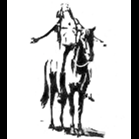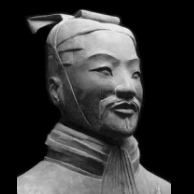What Makes Thai Cuisine So Special? Influences, Regions, Medicinal Qualities
-
Recently Browsing 0 members
- No registered users viewing this page.
-
Topics
-
Popular Contributors
-
Latest posts...
-
59
Toilet not "sucking" like it used to.
Does NaOH attack PVC pipes? As long as not over 50% concentrated or very hot. So in general, it can be used. My septic system seems to still work OK using NaOH twice a year for 12 years -
10
Traditional Shaving Enthusiasts
1973 Gillette Black Beauty, Feather DEs, any British or Italian soap, you can buy in the malls in BKK -
-
66
Visa run to Laos, always fine? No problem with TDAC
Try Kanchanaburi, they take you into Myanmar in a van, you sit in the van a man takes all the passports to the immigration tin shed then they drive you back passport stamped, you have to hand passport over on the Thai side pay a fee get into the van and your back within a hour with extension, that was my experience a few years ago anyone know if it is still the same?. -
10
Even MAGA Is Up in Arms Over Trump’s ‘Flying Grift’ From Qatar
Nice plane. He should try to get a gas card out of them. -
13
The Polio Deception
Indeed. Dr. Suzanne Humphries did a great overview of it recently on Rogan's show.
-
-
Popular in The Pub
-








.thumb.jpeg.d2d19a66404642fd9ff62d6262fd153e.jpeg)








Recommended Posts
Create an account or sign in to comment
You need to be a member in order to leave a comment
Create an account
Sign up for a new account in our community. It's easy!
Register a new accountSign in
Already have an account? Sign in here.
Sign In Now